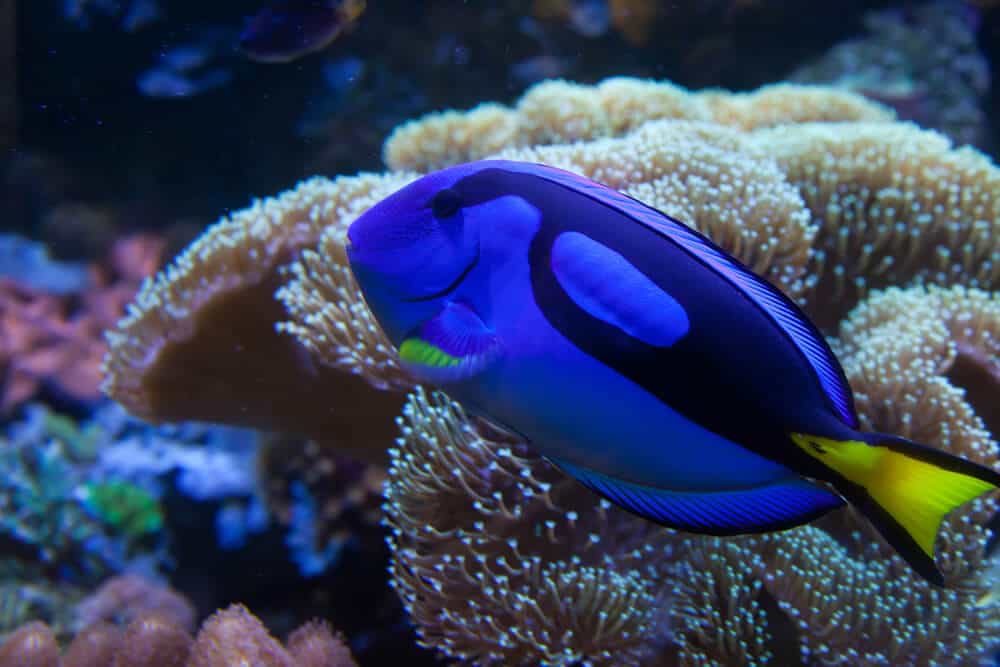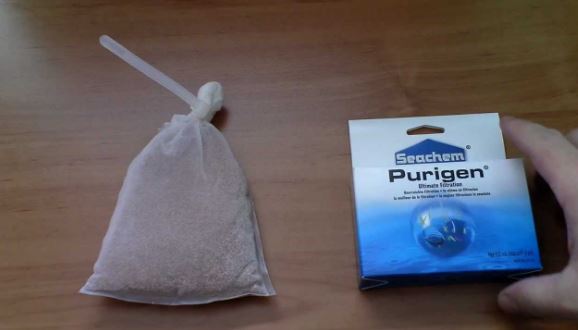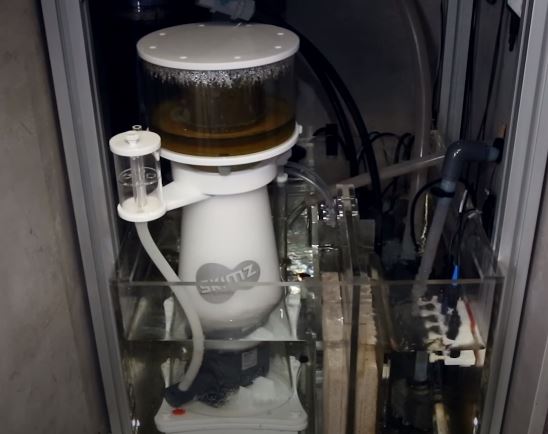You are not alone when it comes to the overflow of protein skimmers. Everyone has had their fair share of this problem at one point or the other. Protein skimmers can be a bit of a headache when it begins to overflow its foam bubbles, especially when you have no idea why or how you can fix it.

Rest easy, though, this is where you get all you need to know about the causes and solutions to your overflowing protein skimmer.
So why exactly does your skimmer overflow?
Well, it could be because of:
- Chemical changes
- New set up tank – not fully cycled tank
- New device installation: fresh filter sock or new chiller…
- Inner water level improper
Chemicals tend to react with the air of your skimmer, which makes it go nuts in its foam production. For a tank newly set up, the skimmer tends to overflow until the tank is fully cycled. A skimmer can overflow when you install a new device like a filter sock or a chiller. If the inner water level is fixed too high, even the slightest change in the water chemistry can cause a skimmer overflow.
Below are each of the causes along with their corresponding solutions.
As you read on, you will find the general and most straightforward solution to all the causes. But first, here are the causes:
Contents
Causes and Solutions
Chemical Changes
When fish food is added to the tank, it breaks down and forms organic compounds in the water, which tends to be attracted to the water surface, causing an oily film in the tank. These chemicals get attracted to the foam bubbles produced by skimmers, hence the point of a skimmer in the first place.
When new chemicals are added to a tank, they change the water chemistry of the tank. A small change in water chemistry is strong enough to affect the performance of a skimmer, causing it to overflow. Water conditioners, bacteria mixes, oily foods, medications, frag epoxies, and many more are examples of substances that could cause a skimmer overflow.
Household cleaning solutions like soaps, glass cleaners, air fresheners, sprayed over or around the tank, or sprayed on the glass tank (in the case of glass cleaners), also tends to change the water chemistry of the tank causing the skimmer to overflow.
Solution: Adding activated carbon to your filtration is a sure way to fix this.
New setup tank – not fully cycled tank
It is normal for your skimmer to overflow within the first two to four weeks of a new setup tank. This is because until the appropriate biofilm is built, causing a fully cycled tank, the skimmer would tend to act irrationally. It is okay to leave your skimmer off until your tank is fully cycled because there is not much waste from a new setup tank.
Solution: Adding activated carbon to your filtration, and doing additional water changes would reduce the viscosity of your water, reducing the foam overflow.
New device installation
Changing your fresh filtered socks is a cause of skimmer overflow that tends to go under the radar. When filtered socks are produced, they still have residue chemical substances from the manufacturing process, which, when introduced to your tank, can react with the water chemistry causing your skimmer to go haywire.
Solution: A quick rinse of the sock before installation could save you a whole lot of trouble.
Inner water level improper
You should always check the user manual for the skimmer’s recommended water level. Although every skimmer enables you to control its internal water level, it can only go so far. When the water level gets too high, it will elevate the foam, causing too much foam to enter into the cup, which will lead to an overflow.
Solution: If your water level gets too high, using protein skimmer stand is the best solution.
To figure out the exact cause of your skimmer’s overflow at a particular period could take a lot of time. In most cases, you most likely won’t get to the exact cause because it could consist of more than one cause.
The Easiest Solutions
- For every kind of protein skimmer
The easiest way to deal with an overflow is to simply allow your skimmer dump out as much foam as it wants. After that, it is just a matter of replacing the water that was lost. You can lower the level of the water within the body of the skimmer to make it harder for the foam to reach the top.
If you don’t want to do it that way, you could add a skimmer stand about one and a half-inch high, under your protein skimmer. This, in turn, reduces the flow inside the skimmer, preventing an overflow.
- For protein skimmers with drain fitting
If you can’t add height to your skimmer, you can do a water change by draining the overflow. Draining takes about two or three hours (depending on the chemical quantity in your tank and the productivity of your protein skimmer) before the skimmer is back to normal. In the process, the skimmer pulls out all the oils and soaps as it dispenses its foam.
Protein skimmer overflowing FAQs
Why does my skimmer keep filling up with water?
Something is hindering the output. At the point when the skimmer is running fine, it is highly unlikely for the skimmer to allow more water than it can yield.
On the off chance that there is something little hindering any of the funnels (inside the channel) or the output itself, at that point, the skimmer will allow more water than it can yield, and it WILL overflow.
Why are the protein skimmer bubbles not reaching the cup?
On the off chance that it is a new skimmer, it is most likely still in its break-in period. Implying that, it’ll need an opportunity to eject chemical substances from manufacturing processes before it can start working proficiently.
Asides that, your skimmer likely has oil in its air pockets. This makes the bubbles pop rashly before they can get to the cup. To fix this, raise the level of the water to the highest point of the cup and let the oils spill out. You could even overflow for an hour just to get all the oil out.






